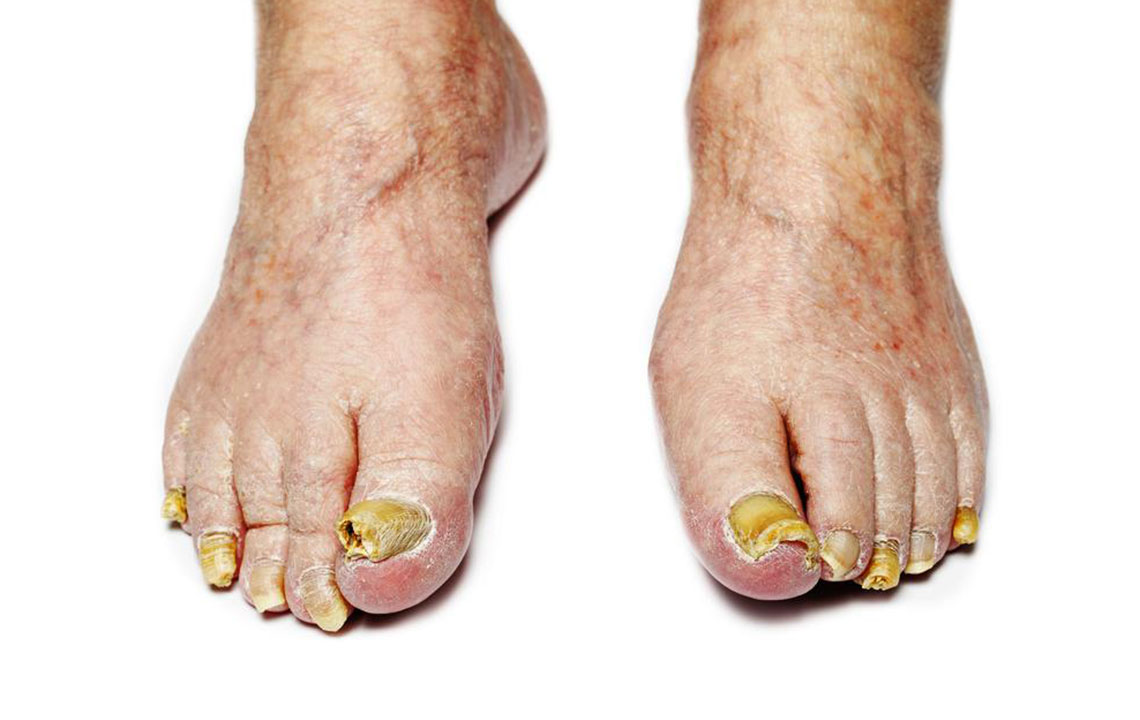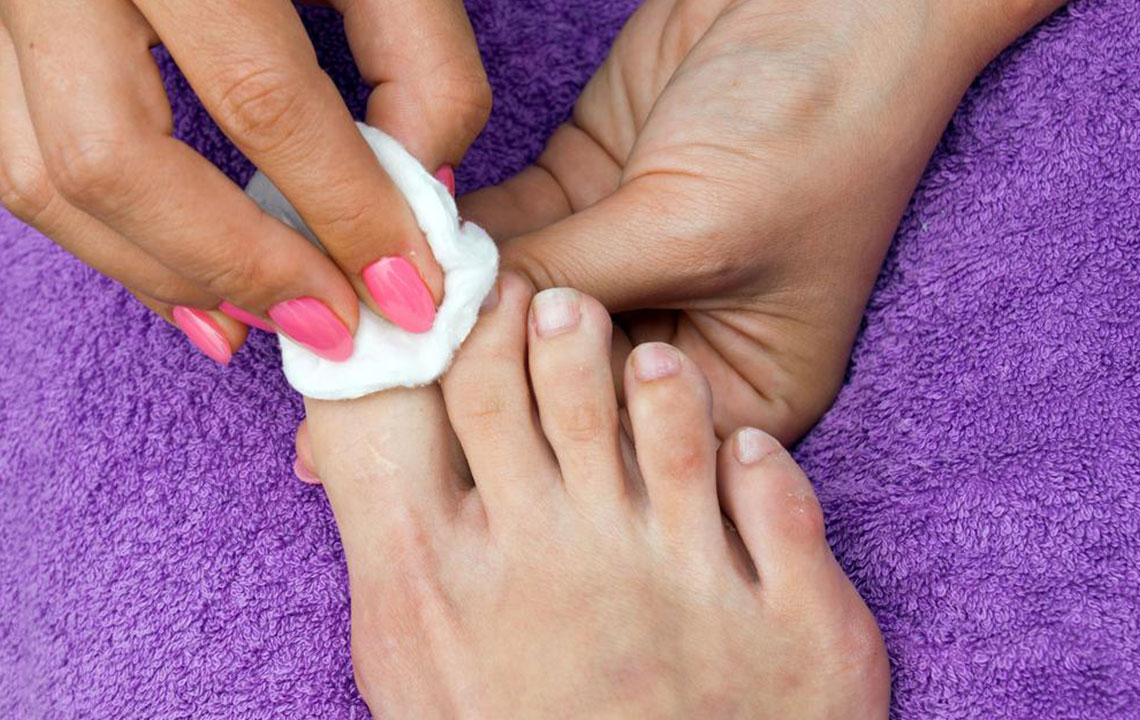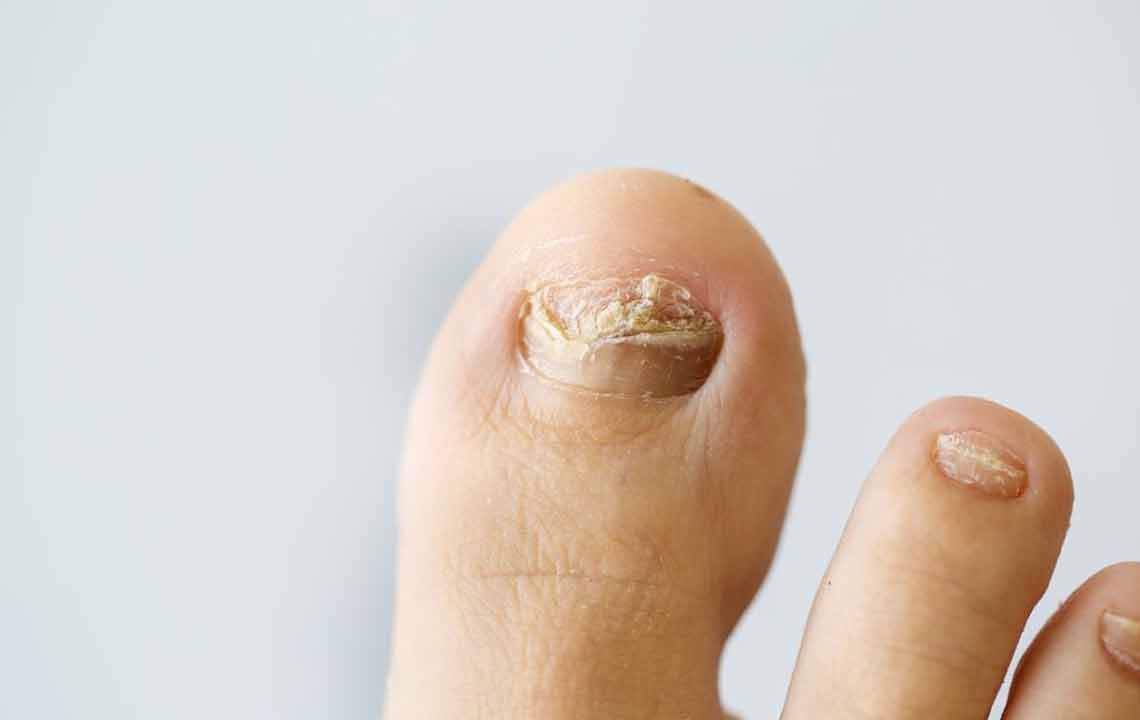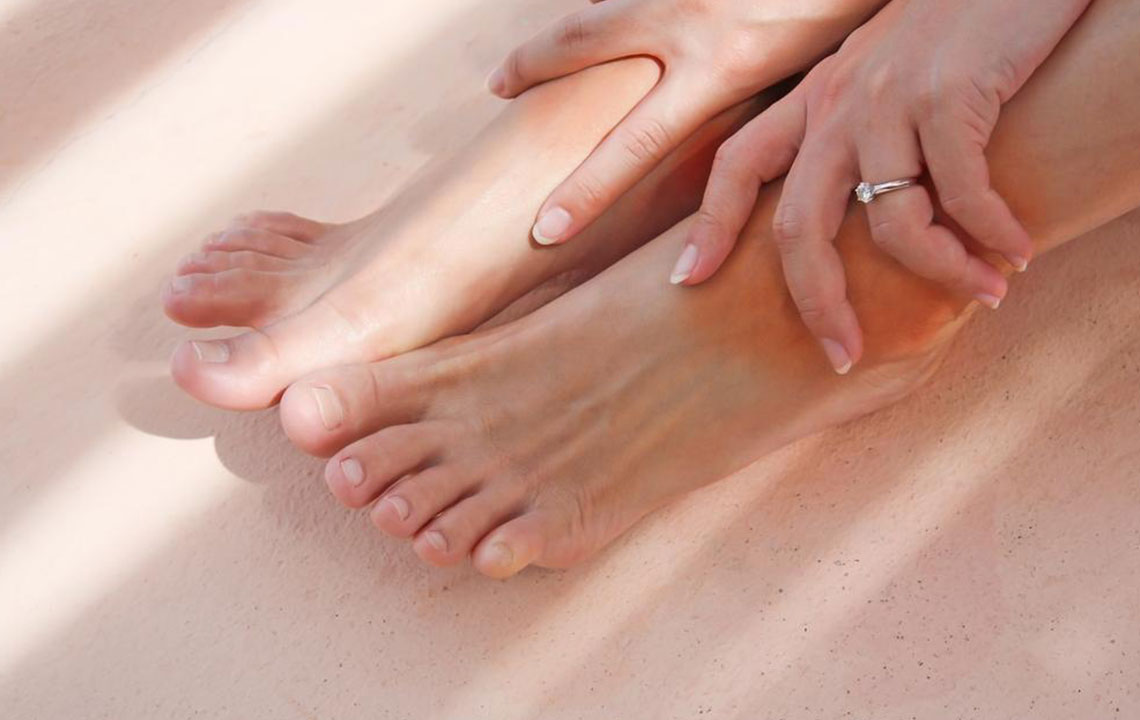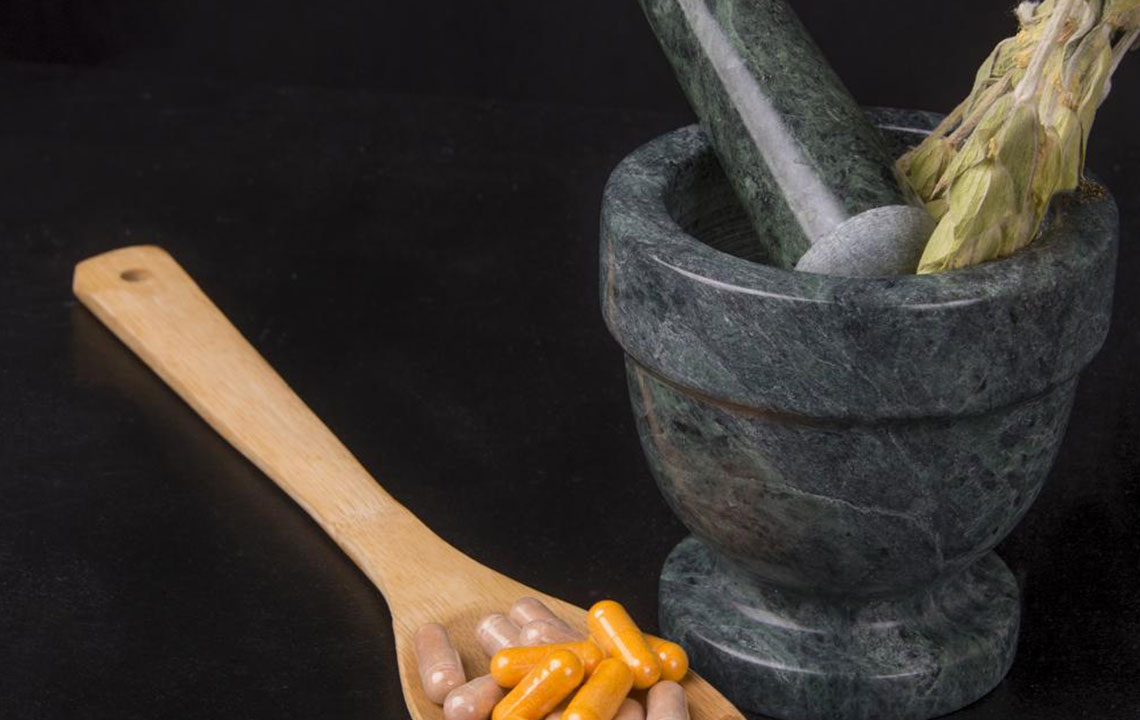Key Insights into Treating Nail Fungal Infections
Learn about common nail fungal infection symptoms and effective home remedies. Recognize early signs like discoloration and thickening, and explore natural treatments such as tea tree oil, vinegar soaks, and garlic. Maintaining nail hygiene and seeking professional advice are key to managing and preventing onychomycosis. Simple interventions can help restore healthy nails and avoid recurrence.
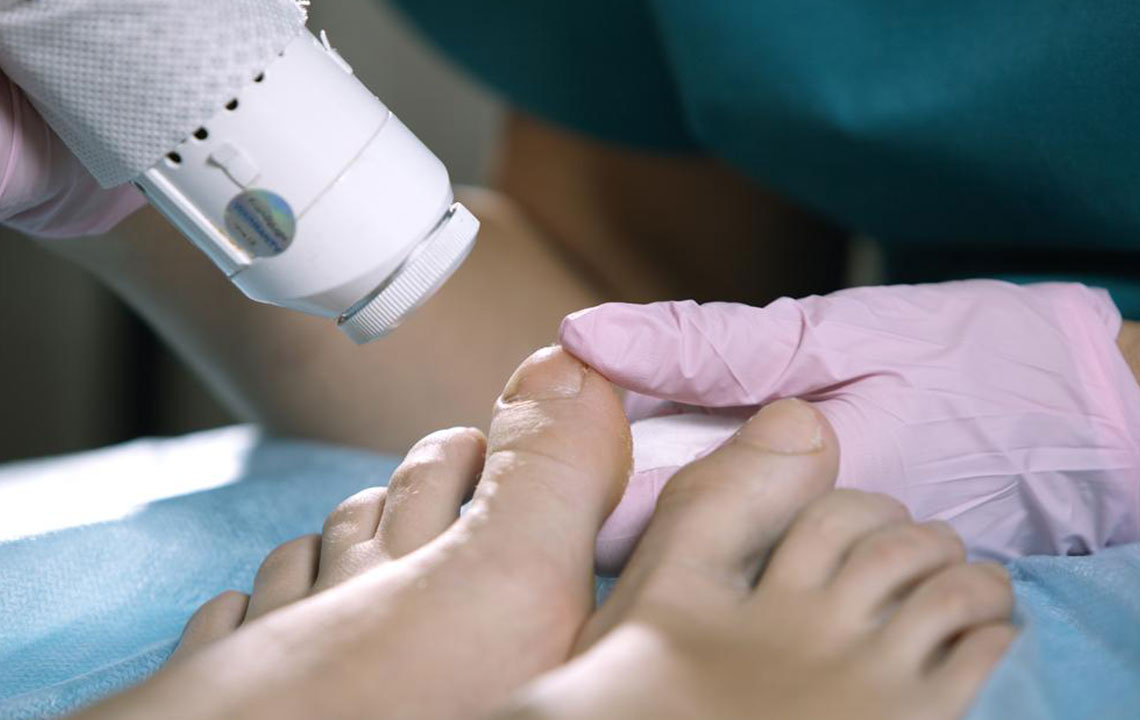
Nail fungal infections, affecting either fingernails or toenails, can be both frustrating and uncomfortable. Medically known as onychomycosis, these infections thrive in dark, moist environments—such as inside shoes or humid areas. Prolonged warmth and dampness promote fungal growth, sometimes caused by yeast or mold. Recognizing symptoms early and initiating appropriate treatment can prevent further spread and damage to nails.
Early signs include small white or yellow spots at the nail tip, which may expand over time, leading to thickened, brittle, and discolored nails. Toenails can become painful, and infected nails may loosen or break easily—a condition called onycholysis. Even with treatment, recurrent infections are possible, especially if not properly managed.
Effective remedies include natural treatments like tea tree oil, which has antifungal properties, as well as vinegar and baking soda soaks to inhibit fungal growth. Oregano oil, garlic, and specialized products like Listerine may also help. Additionally, olive leaf extract can boost immunity and fight infection. Proper hygiene and nail care are essential to prevent future occurrences, ensuring healthier nails.
While these treatments can be effective, consistent care and hygiene practices are vital. Always consult a healthcare professional for persistent or severe infections to ensure proper diagnosis and treatment.

